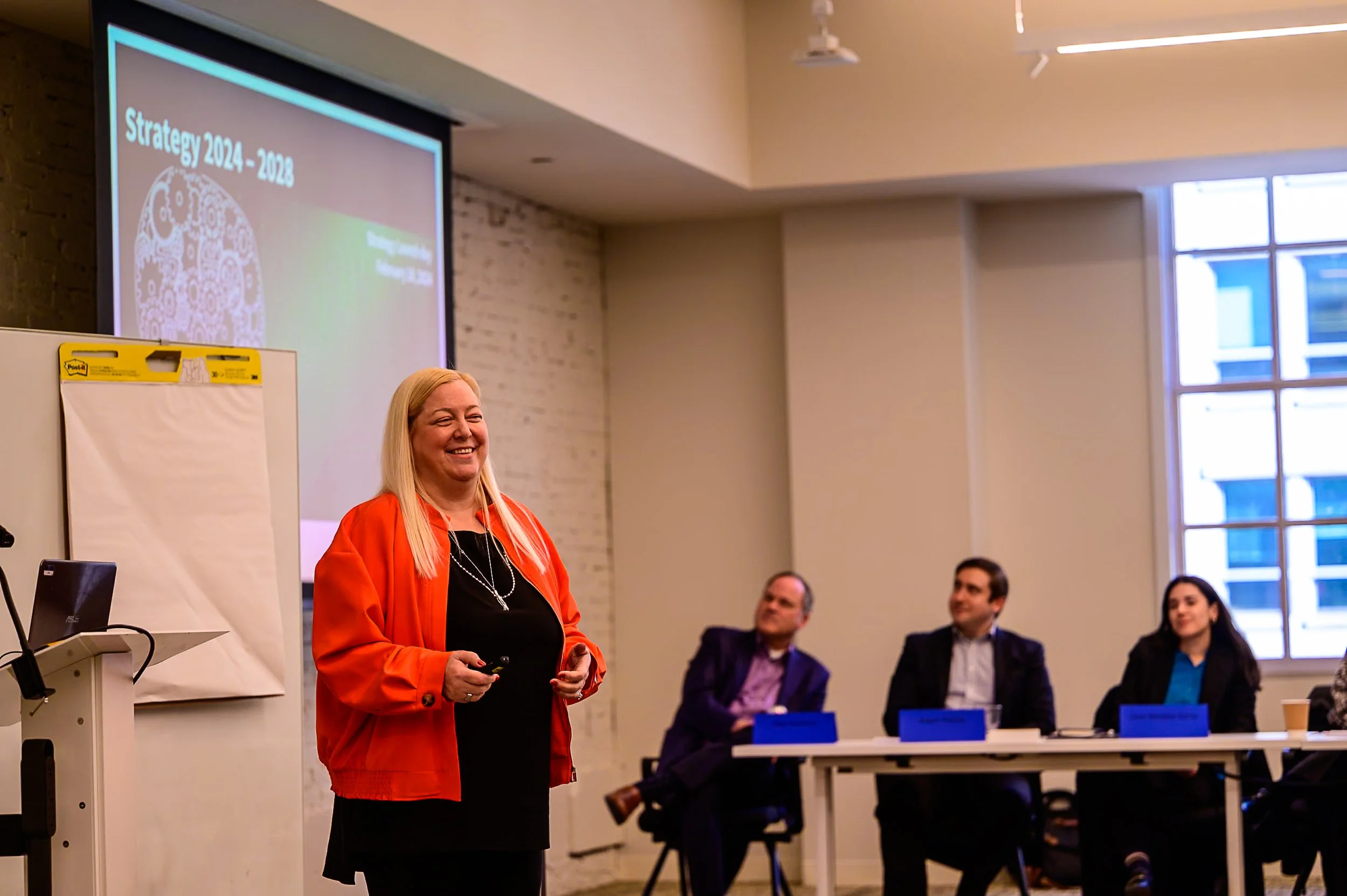
Telling Stories with Data
In today’s fast-paced world, where information overload is the norm, effective data storytelling is essential for Government agencies to interpret complex datasets and clearly communicate insights to policy makers and stakeholders. Agencies like Homeland Security are tasked with enhancing their decision-making and information capabilities to fulfill their missions, report to Congress, and engage with citizens. It is imperative for Federal agencies to use available tools and capabilities to conceptualize and effectively communicate data-driven insights.
Federal agencies manage high volumes of data, aiming to derive meaningful insights to enhance decision-making and policy formulation. One powerful approach to tackling this challenge is through data storytelling, which involves translating data analyses into understandable and relatable narratives that influence decisions and policymaking. Tools like Tableau and PowerBI are invaluable in this regard, enabling analysts to transform raw data into compelling visualizations that tell a story.
For instance, by using Tableau, analysts can identify bottlenecks in hiring processes or compare annual budget data changes and present these insights to decision-makers so that they make informed choices. This highlights the power of Tableau in crafting compelling data narratives tailored to the needs of Government agencies.
One of the key benefits of data storytelling is that it facilitates better decision-making by presenting data in a compelling manner. By exploiting visualizations, decision-makers can grasp the implications of different policy options and make evidence-based choices. It is important to note that data visualizations must be tailored to specific parameters, identified by decision-makers, to accurately transmit the intended message.
For example, a data map visualization can illustrate the impact of a proposed policy on different demographic groups or different locations, helping policymakers understand the potential consequences of their decisions. This underscores the importance of effectively communicating insights gathered from data to provide informed recommendations.
However, using data storytelling within the Government comes with its challenges, particularly around data accuracy and transparency. It is crucial to use data that is accurate and up-to-date, and that the data analysis methods are transparent, reliable, and objective. Agencies must use intentional and clear formatting so that the messages conveyed accurately reflect the data and don’t introduce assumptions.
Moreover, it is essential to consider the audience and communication goals when crafting data narratives. While tools like Tableau offer powerful visualization capabilities, their effectiveness hinges on the quality and relevance of the narratives tailored to specific audiences.
Effective data storytelling is indispensable for Government agencies seeking to communicate insights and drive decision-making. By leveraging tools like Tableau, Qlik, SAS, Sisense, or others, agencies can transform complex data into compelling narratives that resonate with decision-makers. However, success in data storytelling requires a commitment to accuracy, transparency, and proper formatting to effectively communicate insights.




















